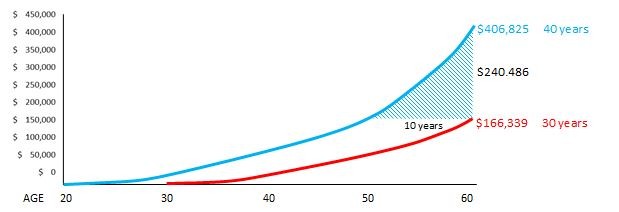You Can t Be a Lazy Investor
Post on: 26 Июнь, 2015 No Comment

There is no such thing as being a successful lazy investor. I was reading a book recently at my local library called The Lazy Persons Guide to Investing and as its title suggests, it offers a summary of investment strategies investors can use. The book got me thinking that albeit a clever marketing title, there is not such thing as being a lazy investor and ultimately being a lazy investor can lead to a troubled portfolio.
To highlight what I mean, let me talk about the concept of passive investing investing in index funds rather than taking an active management philosophy to building a portfolio. As anyone who has research passive investing, they know that it is not just like turning on a switch buy some index funds and go away. It is a much more involved process and being lazy during the process will only get an investor in trouble. Lets have a look at some of my own suggested steps for developing a passive investment strategy I think you will agree it is anything but passive and requires some work:
1. Determine your risk profile. Are you an conservative investor or an aggressive one. How much volatility can you live with in your portfolio. This is not a one time decision either a persons risk profile is something that can change over time as we learn about ourselves through our reactions to certain events and moves we make in our portfolio. Being lazy and trying to take the easy road at this step can be dramatic. Take on too little risk and you wont meet your investment goals. Take on too much risk and you WILL make dumb decisions that will impede your portfolio.
2. Determine your asset allocation. Given your risk profile, what is the best asset allocation for your portfolio. Should you hold some commodities and REITs? What type of asset allocation has worked best in the past? Reading William J. Bernsteins books is not an easy feat, but absolutely essential in my opinion.
3. Research index funds that fit your asset allocation. What are the best index funds / ETFs given your desired asset allocation? Index funds and ETFs have varying expense ratios so this must be taken into account during the research. It is not as easy as picking any old index fund and sending in a buy order.
4. Rebalancing the portfolio to your asset allocation. Even after you have bought all the funds, it doesnt mean that you can forget about it for the rest of your life. If you truly want to manage your portfolio properly, you must monitor your assets to their target allocation and make adjustments as required. In my opinion, this needs to happen at least once per year.

As you can see, there was not a lot of time to be lazy here. Each step is crucial and required and takes some work. If you are buying individual stocks, then the need for work is required more so. As with anything in life, you get out what you put in.
I do want to clarify here that I am not trying to negate the value of couch potato or other lazy portfolios out there. In fact, I suggest that most people should take a passive approach to their investment portfolio. Index funds are the way to build a core portfolio! I also do not want to suggest that investing is rocket science as many mutual fund companies like us to believe. My purpose in this post is to suggest that this passive approach does take work to do it right. It is not set it and forget it.
In addition, even handing all these steps over to an investment advisor does not mean that there is still not work to do. You need to review performance, ensure fees are in line, ensure the agreed upon asset allocation is adhered to. An investment portfolio is not something to take lightly. Have fun with it (I do with this blog and my individual stock selections) but dont be complacent it takes work to build wealth and being lazy will not get you there.














